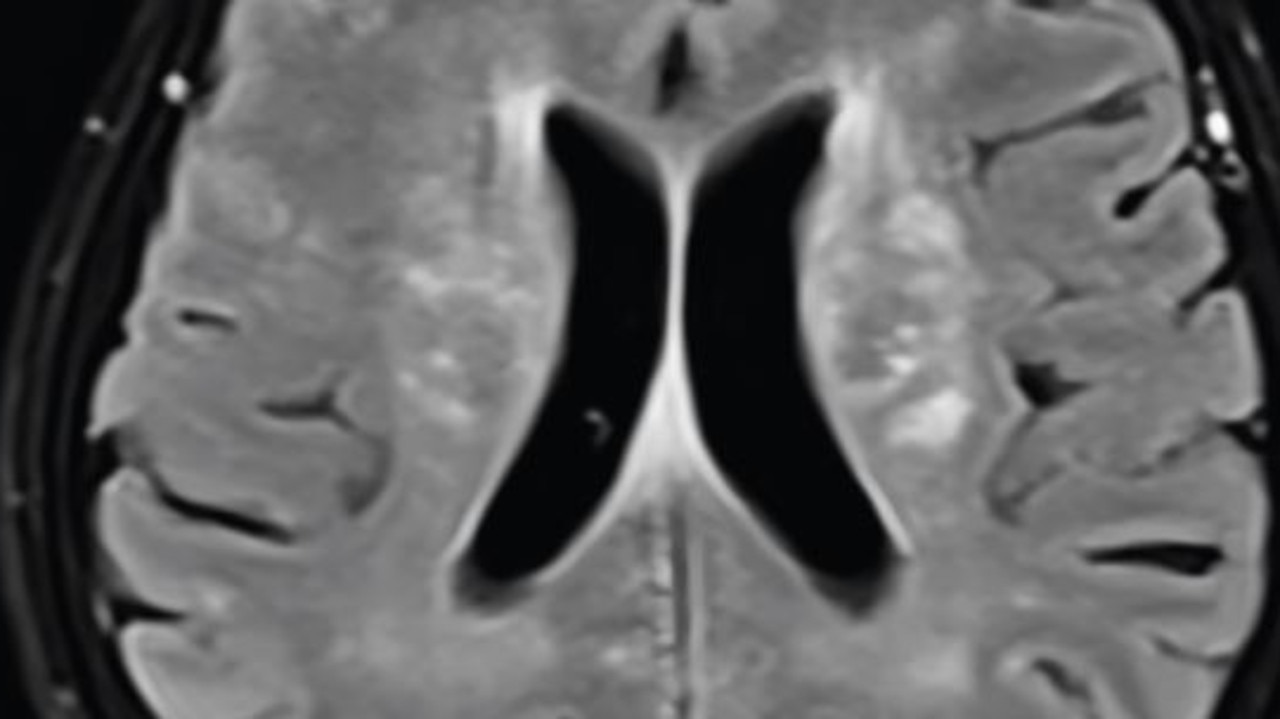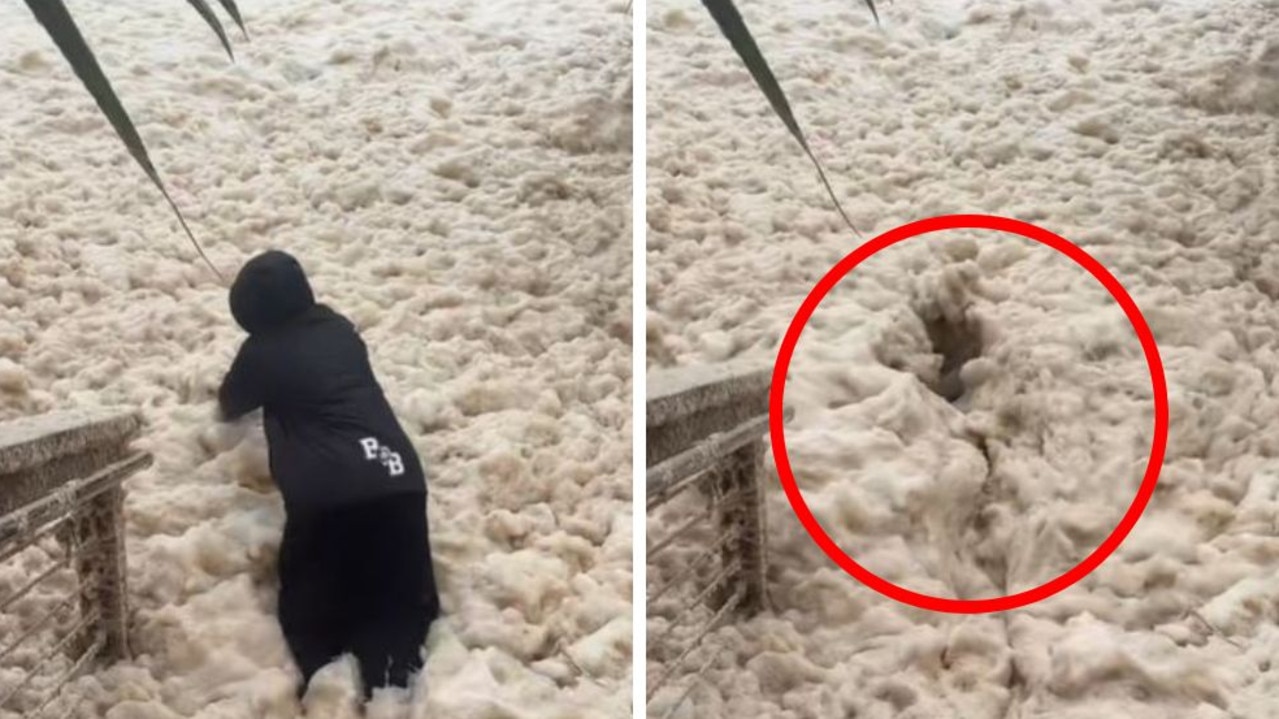Coronavirus USA: New York ‘stabilising at horrific rate’
Health authorities have reported another high death toll in New York as the US continues to lead the world in the number of virus infections.
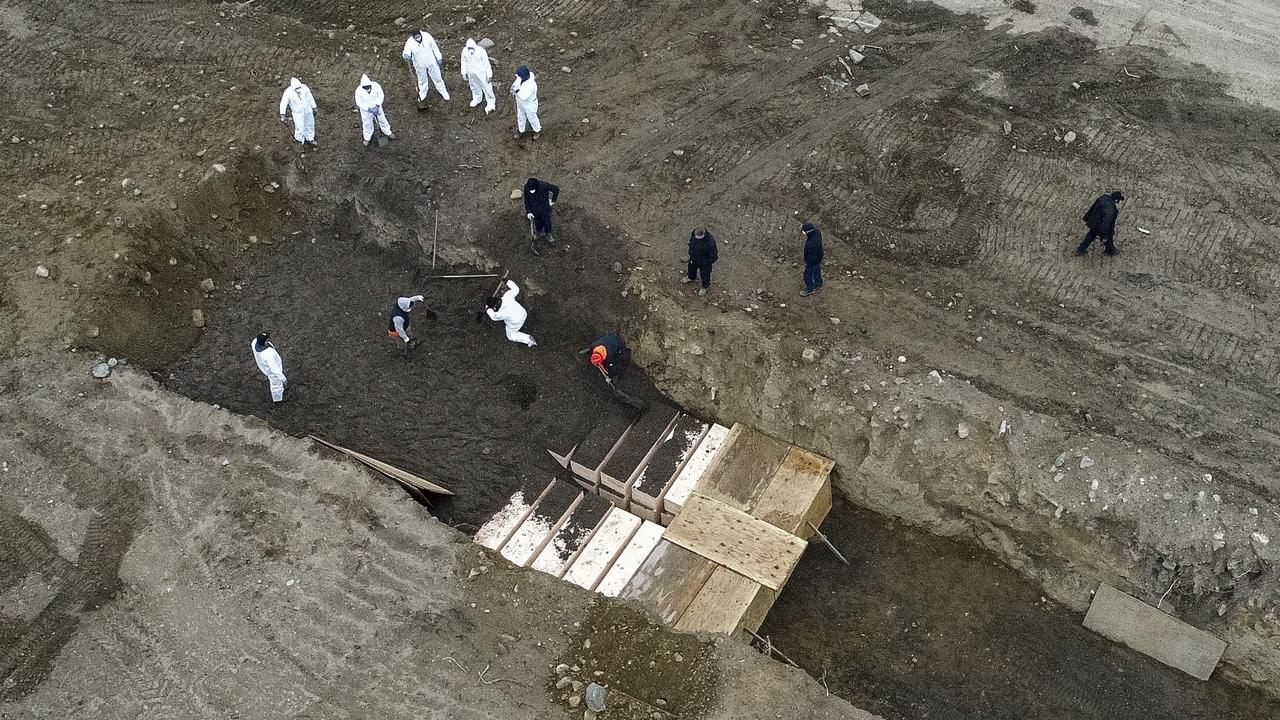
The United States’ top infectious disease expert says the country could be allowed to reopen as early as next month but warned a second wave of the virus could still hit.
More than 1.78 million infections have been reported and 109,000 people have died worldwide, according to Johns Hopkins University. The US has the highest numbers, with over 530,000 confirmed cases.
About half of those deaths have occurred in the New York metropolitan area, but hospital admissions are slowing in the state and other indicators suggest that lockdowns and social distancing are “flattening the curve” of infections. Hard-hit New York State reported 783 more deaths, for a total of over 8,600.
RELATED: What it’s like in New York during pandemic
Governor Andrew Cuomo said the daily number of deaths was “stabilising at a horrific rate” as the number of deaths topped 700 in New York for the sixth consecutive day.
“What do we do now? We stay the course,” Mr Cuomo, who like other leaders has warned that relaxing restrictions too soon could enable the virus to come back with a vengeance.
US President Donald Trump announced plans to roll out “self-isolating” in mid March.
Speaking on CNN on Sunday, immunologist Anthony Fauci revealed that the government had been advised to impose social distancing measures in February.
New York’s 5th Avenue near deserted, around 1pm on this sunny Saturday @newscomauHQ #coronavirusus pic.twitter.com/1IKyDJb1Bo
— Megan Palin (@Megan_Palin) April 11, 2020
“We look at it from a pure health standpoint,” Dr Fauci said.
“We make a recommendation, often the recommendation is taken, sometimes it’s not.
“But it is what it is.”
Dr Fauci was then asked if lives could have been saved if stay at home measures had started in February, rather than almost a month later.
“It’s very difficult to go back and say that,” he replied.
“Obviously you could logically say that if you had a process that was ongoing and you started mitigation earlier you could’ve saved lives, obviously.
“No-one is going to deny that.
“But there was a lot of pushback about shutting things down back then.”
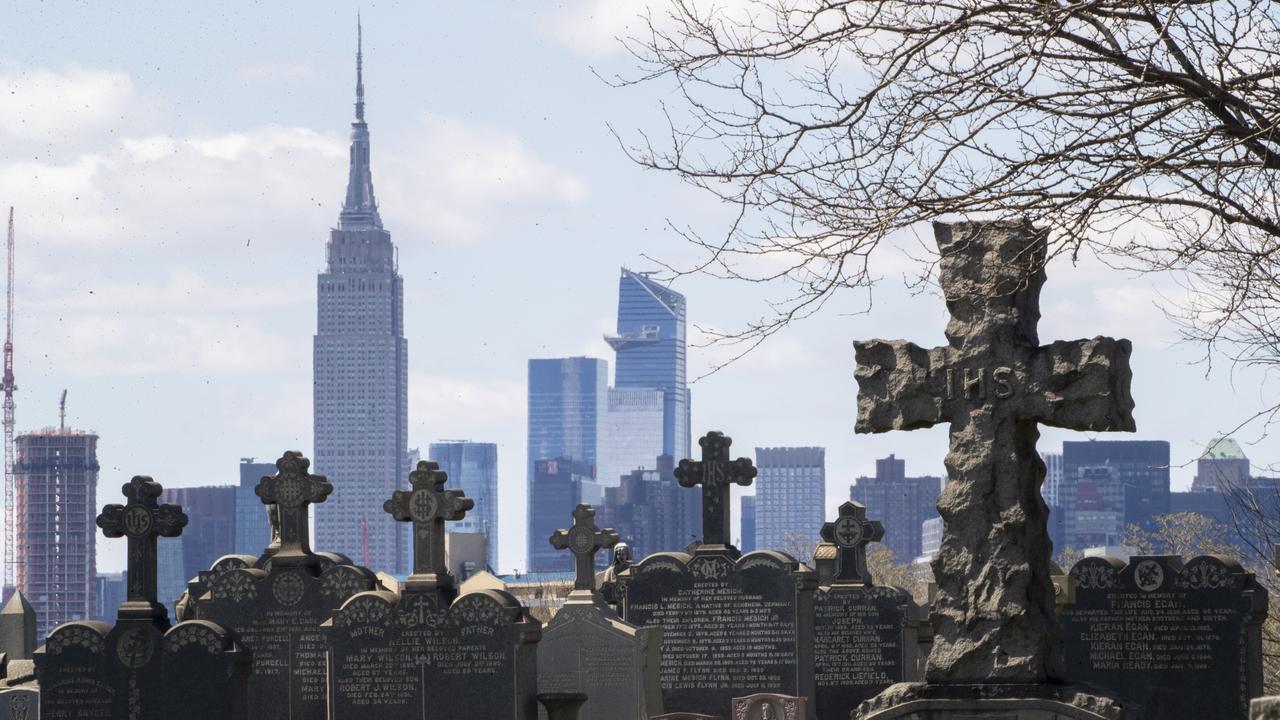
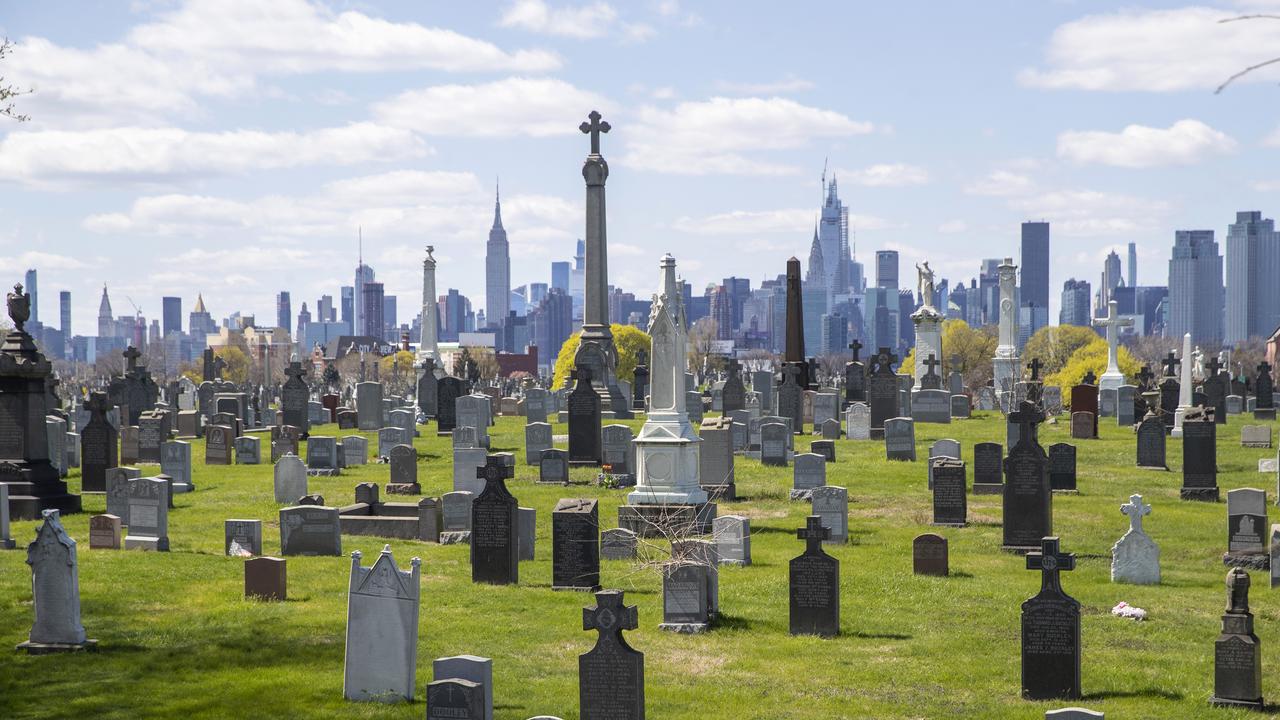
Since the White House issued social distancing guidelines on March 16, much of the country has gone into lockdown, shuttering the economy and leading to unprecedented and potentially ruinous unemployment.
According to Dr a “rolling re-entry” will be required based on the status of the new coronavirus pandemic in various parts of the country.
Dr Fauci says the determining factors would include the region of the country, the nature of the outbreak it already has experienced and the possible threat of an outbreak to come.
Once the number of people who are seriously ill sharply declines, officials can begin to “think about a gradual re-entry of some sort of normality, some rolling re-entry,” Dr Fauci said.
— Donald J. Trump (@realDonaldTrump) April 12, 2020
In some places, he said, that might occur as soon as May. “We are hoping that, at the end of the month, we could look around and say, OK, is there any element here that we can safely and cautiously start pulling back on? If so, do it. If not, then just continue to hunker down,” he added.
Whenever restrictions ease, Dr Fauci said, “we know that there will be people who will be getting infected. I mean, that is just reality. ”
Social distancing guidelines currently in place are set to expire April 30. Mr Trump is eager to restart the economy, which has stalled because most Americans are under orders to “stay at home” to help slow the virus’ spread.
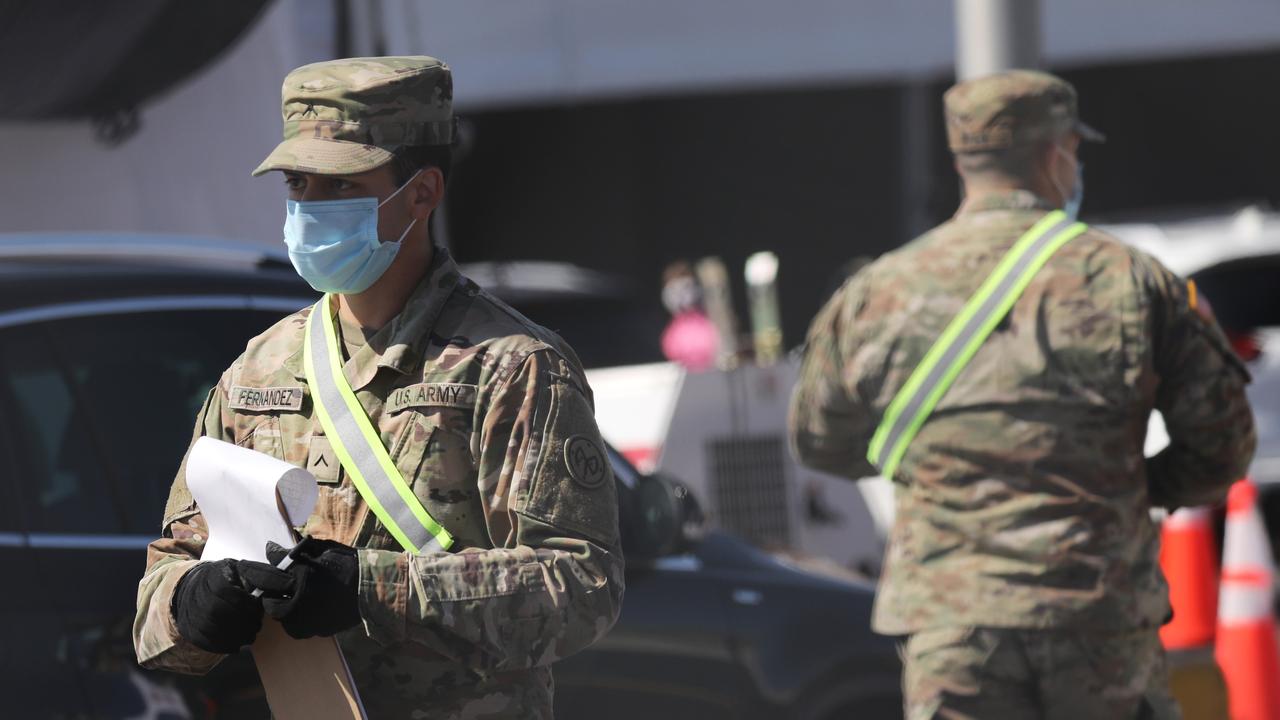
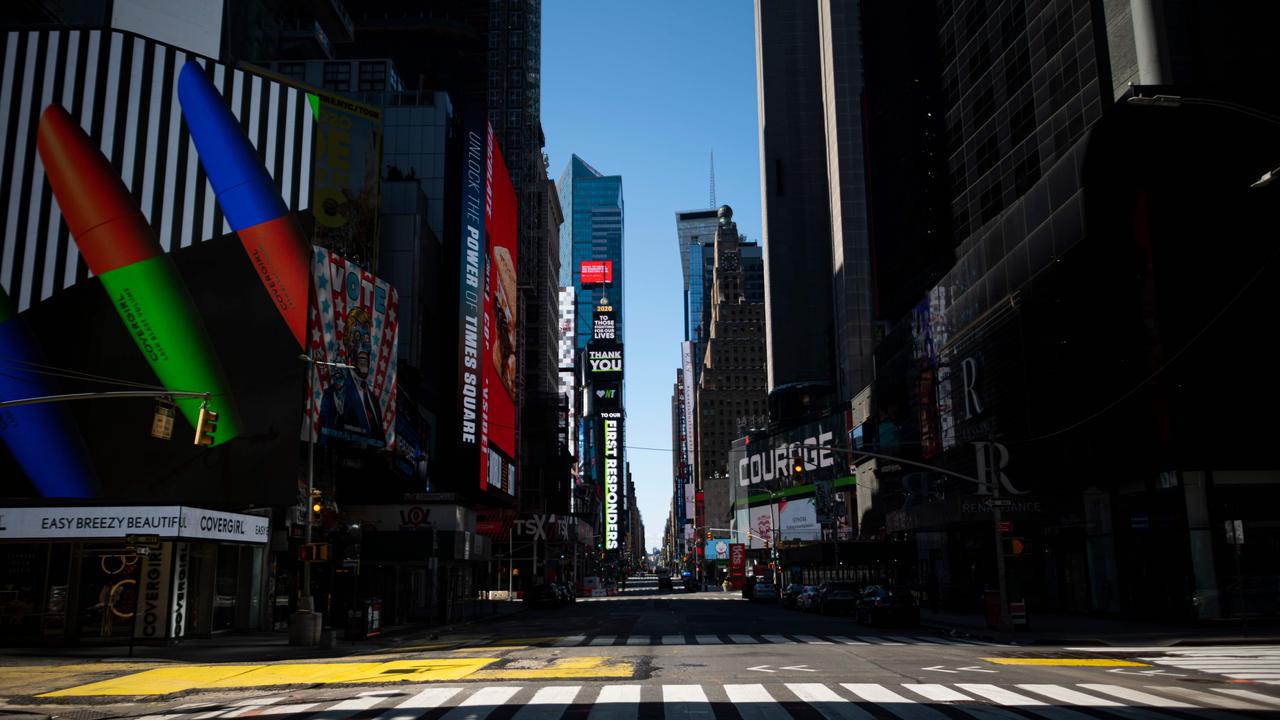
But governors will have a lot to say about when to ease restrictions in their states, and the leaders of Maryland and New Jersey indicated Sunday that they are not likely to do so until widespread testing is available. “The question is how fast we can get enough tests up to speed in order to help us get to the point where we are able to do all of those things,” Governor Larry Hogan said. He said he has set no “artificial deadline.” Governor Phil Murphy said the risks of reopening too soon are dangerously high. “And I fear, if we open up too early, and we have not sufficiently made that health recovery and cracked the back of this virus, that we could be pouring gasoline on the fire, even inadvertently,” Mr Murphy added. Increased testing would allow authorities to identify, isolate and trace the contacts of people who are newly infected, Dr Fauci said.
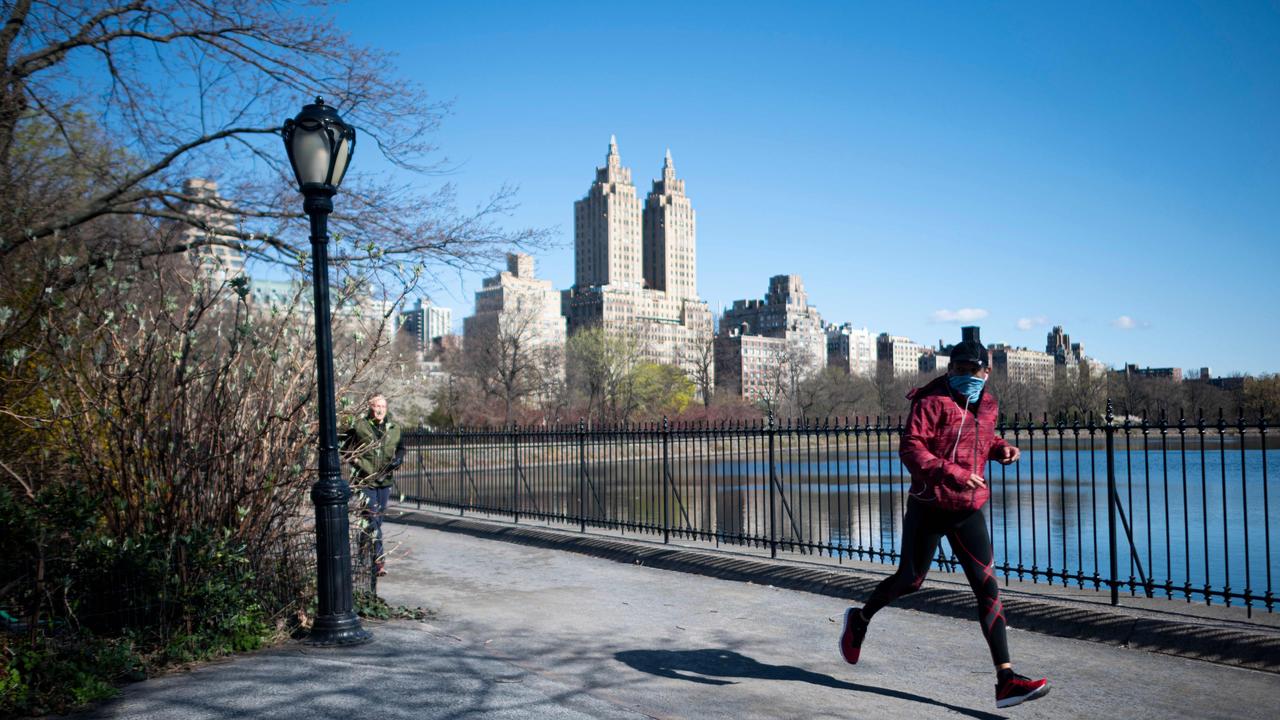
Dr. Christopher Murray, director of the University of Washington institute that created widely cited projections of virus-related deaths, said studies show that lifting restrictions at the end of this month would lead to a rebound in the number of infections. Because states don’t really have the capability to deal with a big volume of new cases, he said, “by July or August we could be back in the same situation we are now.” Officials need to examine whether a state has reached its peak and then allow several weeks of continued closures until fuller testing and contact tracing can be put in place before making a decision, Dr Murray said. But even then, he said, states would have to mindful of putting in place controls to stem “importation” of the virus from other states.
“Maybe some states can open up mid May but we have to be very careful and make sure we don’t lose all the effort the American people have put into closures by premature opening,” he said.
Speaking about the prospects of Americans physically going to polling places in November, Dr Fauci said he hopes voting in person can take place. “I believe that if we have a good, measured way of rolling into this, steps towards normality, that we hope, by the time we get to November, that we will be able to do it in a way which is the standard way,” he said. “However – and I don’t want to be the pessimistic person – there is always the possibility, as we get into next fall, and the beginning of early winter, that we could see a rebound,” he said.
– With wires

